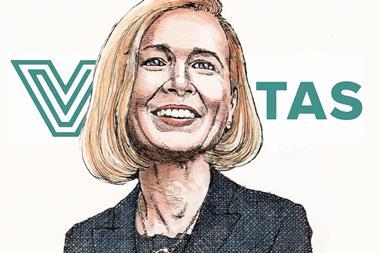EUROPE - Pension funds are increasingly viewing their liability driven investment (LDI) portfolios as an opportunity for active management, according to IPE's 'Off the Record' survey for May.
The survey found pension funds were split almost equally between employing and dismissing the strategy, with 20 of the 47 respondents - consisting of managing directors, chief executives and heads of investment at pension funds across Europe - rejecting its use altogether, while some opted for other forms of asset liability management (ALM) instead.
Asked whether the LDI approach should be entirely passive or an "important" source of active risk, the pension funds were equally split, with half of those that pursue LDI - whether fully funded or underfunded - opting to allocate an active risk budget to the strategy.
While half said they were currently under-hedged but had not pursued further active risk strategies to try and outperform liabilities with the hedge, three of the 22 respondents continued taking active risk against liabilities despite being fully funded.
This contrasted with two of the respondents that, having achieved full funding, had instead opted for the traditional and entirely passive approach.
One Dutch manager explained that, while his fund's liability discount rate was the swap curve, he allowed some basis risk against that curve by including non-swap assets in the hedging portfolio.
"In DV01 terms, it's a complete passive portfolio," he said. "In [mark-to-market] terms, it will not be."
A second Dutch pension fund took the same approach, varying its portfolio positions based on predetermined tolerance levels.
"We are not fully hedged against the single instrument benchmark (swap rate), as we use a mix of instruments to lower credit and liquidity risk," it said.
"As such, we tolerate some basic risk in the hedge - less than 100%, effectively - and the management-style is passive as long as we stay within the tolerance levels. If we are outside the tolerance level, we reduce basic risk."
A third Dutch scheme said it fully hedged its future cash flow, but decided on active positions to generate alpha, varying the composition of the hedge against the country's liability benchmark of AAA-denominated euro-zone bonds.
However, not all schemes surveyed viewed LDI strategies as necessary, with one large UK scheme saying it had a high tolerance for risk due to its "healthy" and positive cash flow.
Other UK schemes dismissed the approach for other reasons, with one saying it was waiting for yields on UK gilts - depressed after several rounds of quantitative easing, as well as the country's safe haven status - to recover.
A third scheme, from the UK's local authority sector, said its funding ratio was too small to pursue the strategy.
The sentiment was shared by an Italian fund that has instead opted for an ALM approach, although the scheme's head added that, as a result of its funding position, it was considering switching to a defined contribution model.
Of those funds that rejected LDI, some were fairly candid as to why.
One Irish fund said: "LDI is driven by an accounting view of liabilities as opposed to an economic view and is an erroneous methodology in consequence."
The view was seconded by another UK scheme that criticised the strategy for offering "balance-sheet" solutions rather than "cash-flow" solutions.












No comments yet